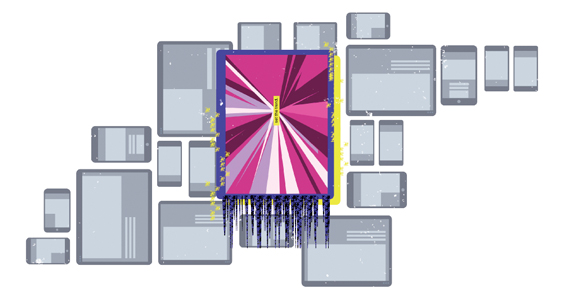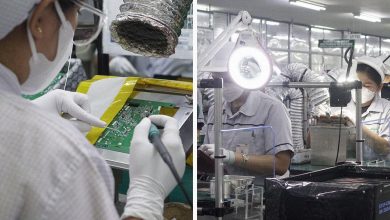by Russel Morgan
As designers, it’s our duty to serve people, and fulfill their specific needs. While there may be merit in trend predictions for other aspects of design, I personally don’t agree with trend predictions for User Experience (UX) Design.
Over the last couple years I have seen trends such as Flat Design, Responsive Design, and Parallax Websites used in excess, simply because others are doing it and it’s the ‘in thing’.
This mentality really has to stop.
It goes against why we design in the first place, to create solutions for people, when and how they need them. The process should not be to work backwards from a trend, and then force-feed the result to people.
This is where ‘Capital D’ Design comes into play. It has no limit, no rulebook and a complete disregard for anything other than getting the job done and executed in the most effective context. The directive is to balance customer needs with business needs online and offline, in order to create experiences and effortless human interactions, so smooth that they become transparent.
Here are three pointers for any business that wants to reap the rewards of meaningful ‘Capital D’ Design in 2016:
Don’t be the trend, set the trend

Trends work in the fashion industry, as it’s understood how clothing serves a purpose to people, now practically the only way to differentiate clothing is through what it looks like rather than what it does.
This ethos isn’t transferrable to Design. When you’re tasked with designing a product or service that will make people’s lives easier or better by enabling them to fulfill a need, there’s no off-the-shelf solution. How it works and why it works is more important than what it looks like.
Over the years I have come across companies who have a certain fear of being left behind by their competitors, this fear is quite frankly misplaced. The more you focus on competition, the less you focus on your customers – which one pays you at the end of the day?
The fact is, if you research and design for your customers, you shift the focus away from trends and what others are doing into what matters most—designing for people.
Be easy to do business with

Regardless of the industry you work in, or what your business does, if you provide a service for people, you need to be easy to do business with.
Your business should effectively bend over backwards to serve your customers. The benefits of being easy to do business with seem fairly obvious, but everyday I’m shocked at how many large and small businesses fail at simple human interaction.
What are prevalent are nationwide and worldwide marketing campaigns, advertising new products and services, with little attention given to how these new products and services are actually experienced by people. This is the tipping point, get the experience wrong and the marketing is worth nothing more than negative advocacy.
Design your service to be people-friendly, so when it comes to people actually experiencing it, the journey will be seamless, useful and delightful.
Consider structuring your business vertically and horizontally

Your business is likely made up of many different business groups (or verticals). The problem with verticals is that customers don’t experience a service vertically; they experience services horizontally, touching different verticals along the way.
For example, to make a cup of coffee, you use various ingredients and tools (verticals) which are independent of one another and don’t work together without human interaction. The cup of coffee doesn’t make itself; a customer journey (horizontal) needs to take place first.
The customer journey will make or break your service, and mapping this out is essential to success. The cracks in a badly designed service don’t take long to show.
Design research will uncover how your customers experience your service. Using this research, you will be armed with the knowledge to make informed design decisions so that you can serve your customers in more meaningful ways. This is the moment where others look to you as a market leader, and possibly a trendsetter.
ABOUT THE AUTHOR: Russel Morgan is a director of the On-Off Group, the first Service Design consultancy in the Philippines, specializing in designing customer service and satisfaction. To find out more and get a consultation, visit www.onoffgroup.com, or connect with him on Twitter @_russm and LinkedIn uk.linkedin.com/in/russgm.
This article was first published in the January-February 2016 issue of adobo magazine.










